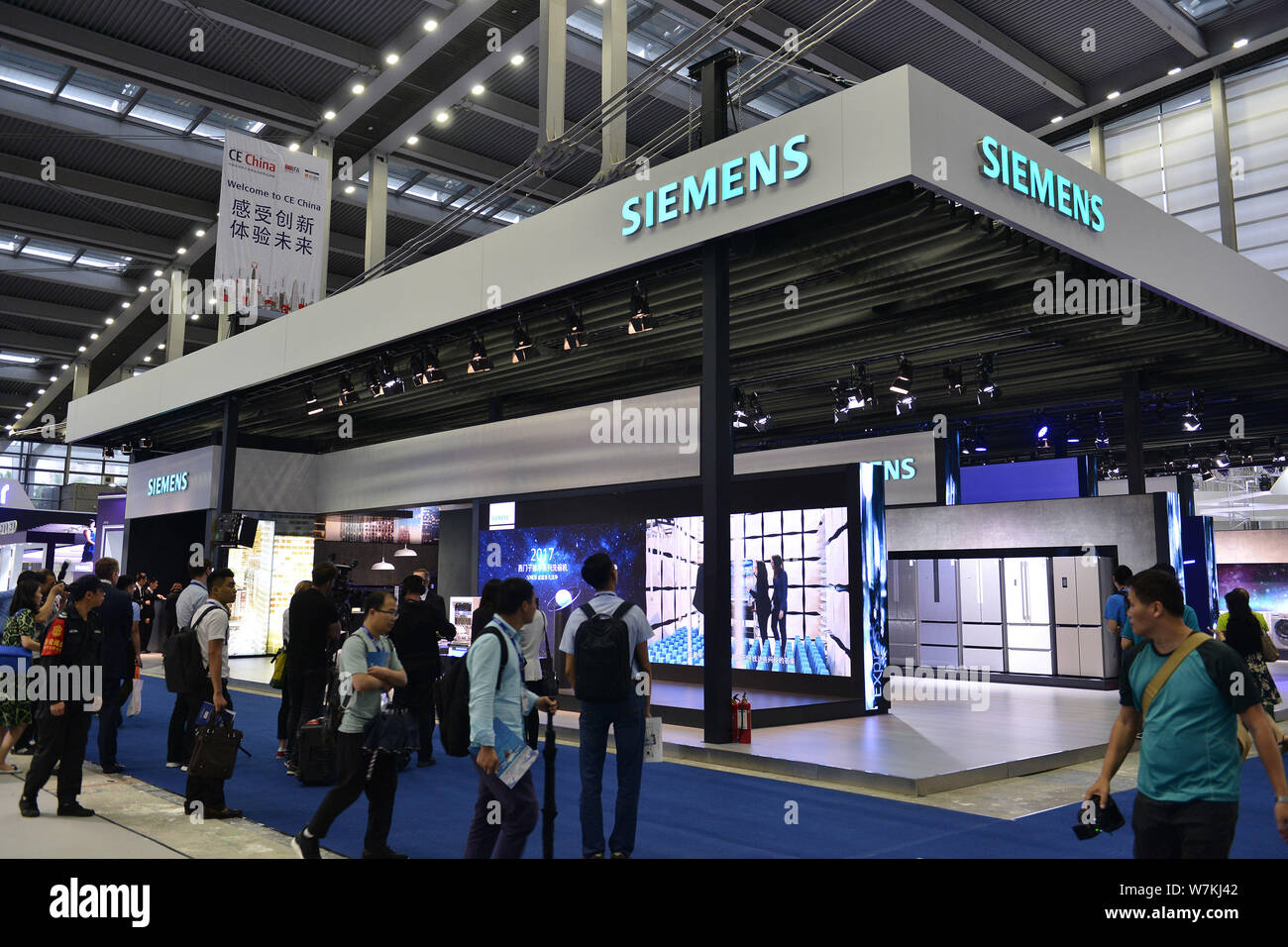As the Chinese economy grapples with stagnation, the government is pouring an astonishing $42 billion into a consumer trade-in program to revive spending. This unprecedented move comes in the wake of a trade war with the United States and aims to stimulate the economy by incentivizing consumers to upgrade their gadgets and appliances. In a country where economic growth is increasingly elusive, this initiative raises critical questions about the long-term sustainability of such spending sprees.
Trade-In Program Fuels Consumer Spending
The trade-in program has already yielded promising results, with retail sales soaring by 6.4 percent in May alone, a figure that surpassed economists’ expectations. According to official reports, this surge is largely driven by consumer demand for smartphones and home appliances, as many families take advantage of the subsidies to upgrade their outdated technology.
Municipalities Struggle to Keep Up
The success of the trade-in program has led several municipalities to suspend or curtail participation to prevent funds from being depleted too quickly. This reaction highlights the urgent necessity for economic uplift, with local governments scrambling to manage a program that has effectively become a lifeline for consumer spending. Research indicates that over 120 million consumers have benefited from cash subsidies, generating a staggering 1.1 trillion yuan (approximately $153.1 billion) in sales during the first five months of 2025.

Li Qiang becomes China"s premier, tasked with reviving ...
Economic Implications of Short-Term Fixes
While the immediate impacts of the trade-in program may appear positive, the question looms: is this merely a temporary fix for a deeper economic malaise? The Chinese economy saw a brief surge following the end of the zero-COVID policy in December 2022, but that momentum has since faltered. The National Bureau of Statistics has reported growing concerns about the sustainability of economic recovery, especially as fiscal stimulus remains elusive.
Wealth Inequality and Consumerism
As the government throws billions at stimulating consumerism, we must also consider who truly benefits. The trade-in program is an attempt to stimulate demand among the middle class, yet it risks exacerbating existing wealth inequalities. The affluent are more likely to upgrade their devices and appliances, while lower-income families may find themselves priced out of the consumer market altogether. The focus on stimulating consumption fails to address the underlying issues of income disparity and systemic inequality that plague the nation. As data shows, while sales numbers climb, the chasm between the rich and poor widens, leaving marginalized communities struggling to keep pace.

FILE--People visit the stand of Siemens during the second ...
The Future of Economic Policy in China
The aggressive funding of the trade-in program may provide a short-term boost, but what happens when the subsidies run out? The ongoing reliance on consumer spending as a primary economic driver is precarious. This approach not only risks creating a bubble but also diverts attention from the need for comprehensive reform in labor rights and social welfare. As the government continues to funnel money into consumer goods, the calls for genuine reform in areas like workers" rights and prison reform grow louder. Without addressing these foundational issues, the cycle of economic instability will persist.








